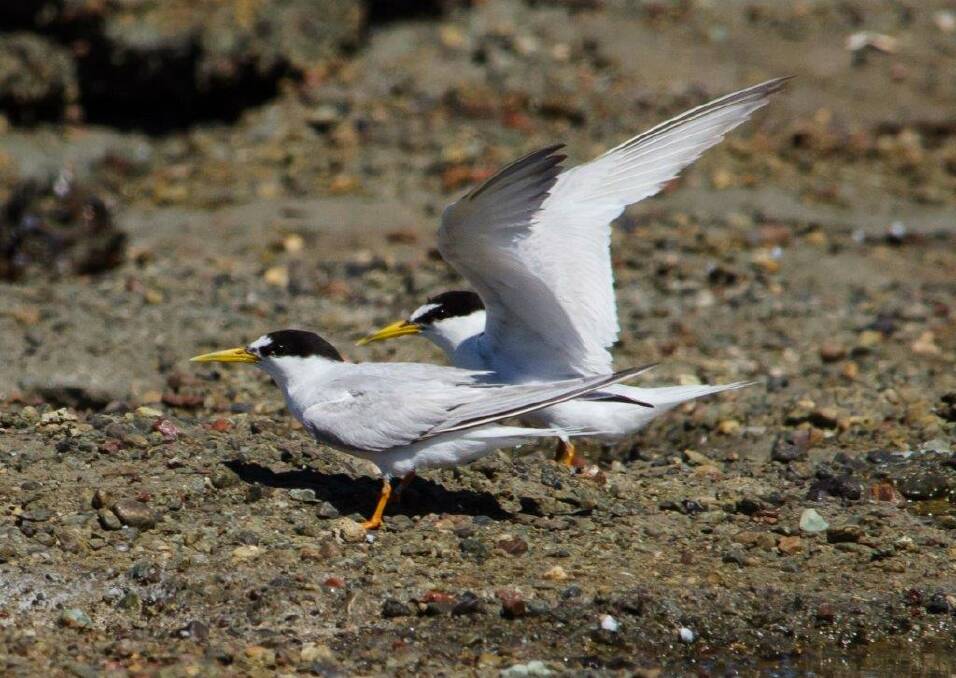Record breaking numbers of migratory and threatened waterbirds have been detected in Port Stephens which has served to highlight the area's importance as a "stronghold" for the creatures.
Subscribe now for unlimited access.
or signup to continue reading
About 18 volunteers hit the Port's waterways on February 8 for the 15th annual summer waterbirds survey, organised by the Hunter Bird Observers Club, to detect the threatened and rare species of ocean-going birds that visit and roost along the coastline.
Alan Stuart, the club's field studies manager and organiser of the Port survey, said 3773 individual waterbirds, including 1080 birds listed as migratory under international agreements and/or as threatened species under state and national legislation, were detected, which was an "outstanding" result.
It was the highest count since 2010 for the critically endangered Eastern Curlew with 361 birds detected and 104 individuals of the endangered Pied Oystercatcher, both of which would represent around 1 per cent of the total world population of these species, residing on the Port Stephens coast," Mr Stuart said.
Port Stephens therefore is once again affirmed as the NSW stronghold for these species.
The annual survey, supported by National Parks and Wildlife and the Office of Environment and Heritage, involved a choreographed flotilla of six boats.
The boats, with volunteer observers on board, were deployed to various areas of Port Stephens including Lemon Tree Passage and Karuah with the aim to gain an understanding about the status of birdlife in the area within a single day.

"Its important to keep an eye on how things are going and whether the trends are positive or negative, try to understand why if numbers are declining, work out what can be done about it," Mr Stuart said.
"Really, it's about monitoring the health of Port Stephens through these apex birds."
For a number of threatened and endangered bird species that frequent Australian shores, such as the Eastern Curlew and Pied Oystercatcher, the survey detected significantly high counts which contribute to the worldwide total population of the species.
"Eastern Curlew numbers have been dropping throughout the flyway. They have been significantly affected by changes and development," Mr Stuart said.
"Port Stephens has always been very important for them and that pattern still continues."
The survey also identified a new breeding colony of Little Terns within Corrie Island Nature Reserve.
It is the first known breeding record of the threatened species within Corrie Island.
Mr Staurt said Hunter Bird Observers Club would continue its work in tracking the birdlife of Port Stephens to highlight its importance as a stronghold for threatened and endangered waterbirds.


